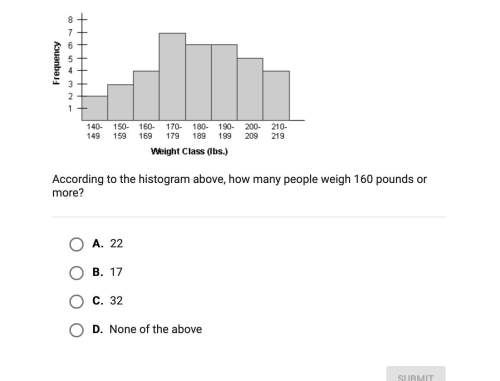
Mathematics, 30.11.2021 01:40 zesk
Amy and Richard each solved an equation using the quadratic formula.
Amy's Equation and Method
Latex: 4x^2+7x-20=0
4
x
2
+
7
x
−
20
=
0
Step 1: Latex: x=\frac{-7\pm \sqrt{7^2-4(1)(20)}}{2(4)}
x
=
−
7
±
√
7
2
−
4
(
1
)
(
20
)
2
(
4
)
Step 2: Latex: x=\frac{-7\pm \sqrt{49-80}}{8}
x
=
−
7
±
√
49
−
80
8
Step 3: Latex: x=\frac{-7\pm \sqrt{-31}}{8}
x
=
−
7
±
√
−
31
8
Step 4: Latex: x=\frac{-7\pm i\sqrt{31}}{8}
x
=
−
7
±
i
√
31
8
Richard's Equation and Method
Latex: x^2-6x+8=0
x
2
−
6
x
+
8
=
0
Step 1: Latex: x=\frac{6\pm \sqrt{(-6)^2-4(1)(8)}}{2(1)}
x
=
6
±
√
(
−
6
)
2
−
4
(
1
)
(
8
)
2
(
1
)
Step 2: Latex: x=\frac{6\pm \sqrt{36-32}}{2}
x
=
6
±
√
36
−
32
2
Step 3: Latex: x=\frac{6\pm \sqrt{4}}{2}
x
=
6
±
√
4
2
Step 4: Latex: x=\frac{6+\sqrt{4}}{2}
x
=
6
+
√
4
2
and Latex: x=\frac{6-\sqrt{4}}{2}
x
=
6
−
√
4
2
Step 5: Latex: x=\frac{6+2}{2}
x
=
6
+
2
2
and Latex: x=\frac{6-2i}{2}
x
=
6
−
2
i
2
Step 6: Latex: x=4
x
=
4
and Latex: x=3-i
Both students made a mistake.
Describe the mistake each student made.
Explain what each student needs to do to fix their mistake.
Create your own quadratic equation, and explain how to use the quadratic formula to solve it. Be specific, using Latex: a\textsf{, }b\textsf{,} and Latex: c
c
of your equation and giving the solutions to the equation you chose.

Answers: 3


Another question on Mathematics


Mathematics, 21.06.2019 23:30
The triangle shown has a hypotenuse with a length of 13 feet. the measure of angle a is 20 degrees. and the measure of angle b is 70 degrees. which of the following is closest to the length, in feet, of line segment ac? no need to use a calculator to find the trig numbers. each function is listed below. 4.4 5 12.2 35.7
Answers: 2

Mathematics, 22.06.2019 00:50
D. in a discrete probability distribution, the sum of the probabilities for the discrete variables will be > 1. true or false
Answers: 1

Mathematics, 22.06.2019 02:20
Use the second shift theorem to find the inverse laplace transform of (e^−3s) / (s^2 + 2s − 3)
Answers: 1
You know the right answer?
Amy and Richard each solved an equation using the quadratic formula.
Amy's Equation and Method
Questions



Physics, 28.01.2021 20:00


Mathematics, 28.01.2021 20:00

History, 28.01.2021 20:00


Arts, 28.01.2021 20:00


Mathematics, 28.01.2021 20:00

Computers and Technology, 28.01.2021 20:00




Mathematics, 28.01.2021 20:00


Mathematics, 28.01.2021 20:00

Social Studies, 28.01.2021 20:00


Mathematics, 28.01.2021 20:00




